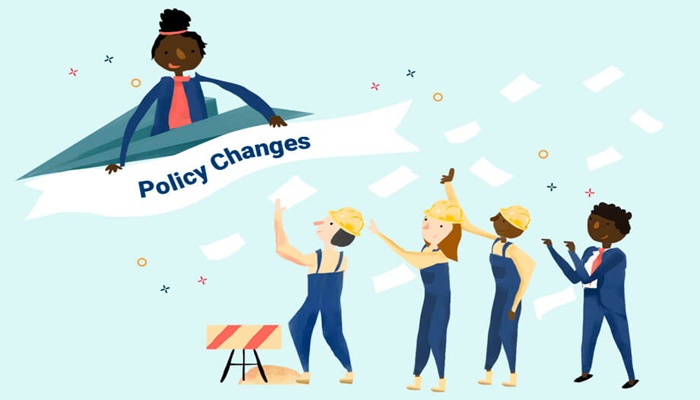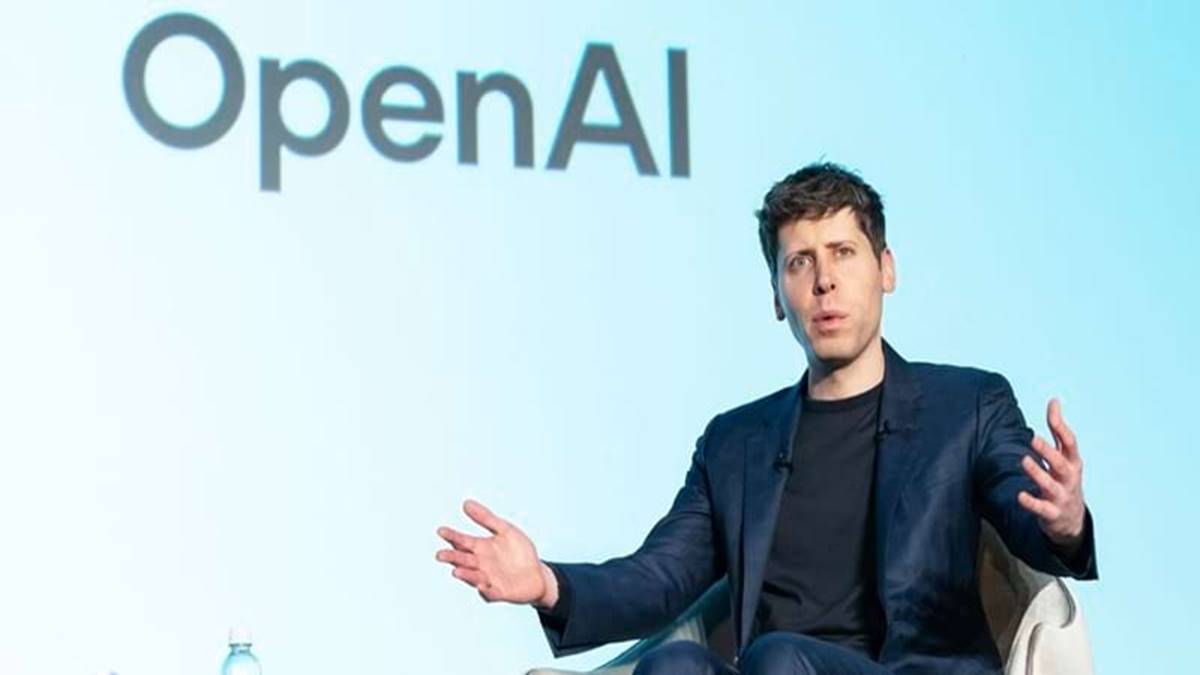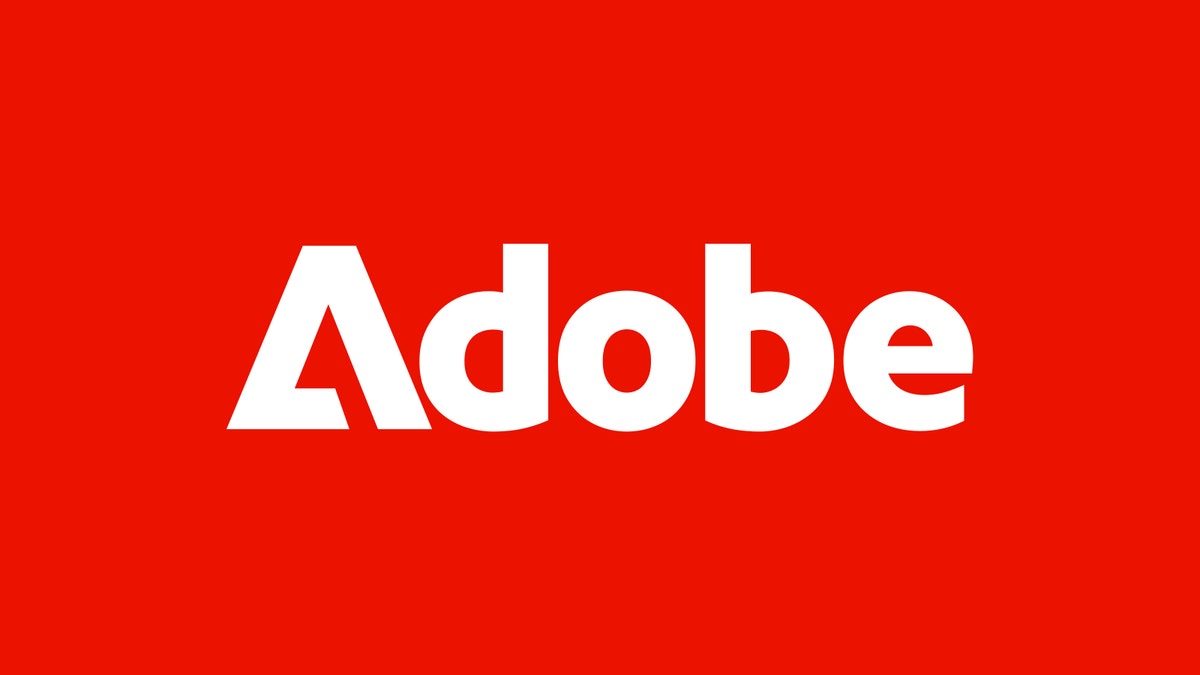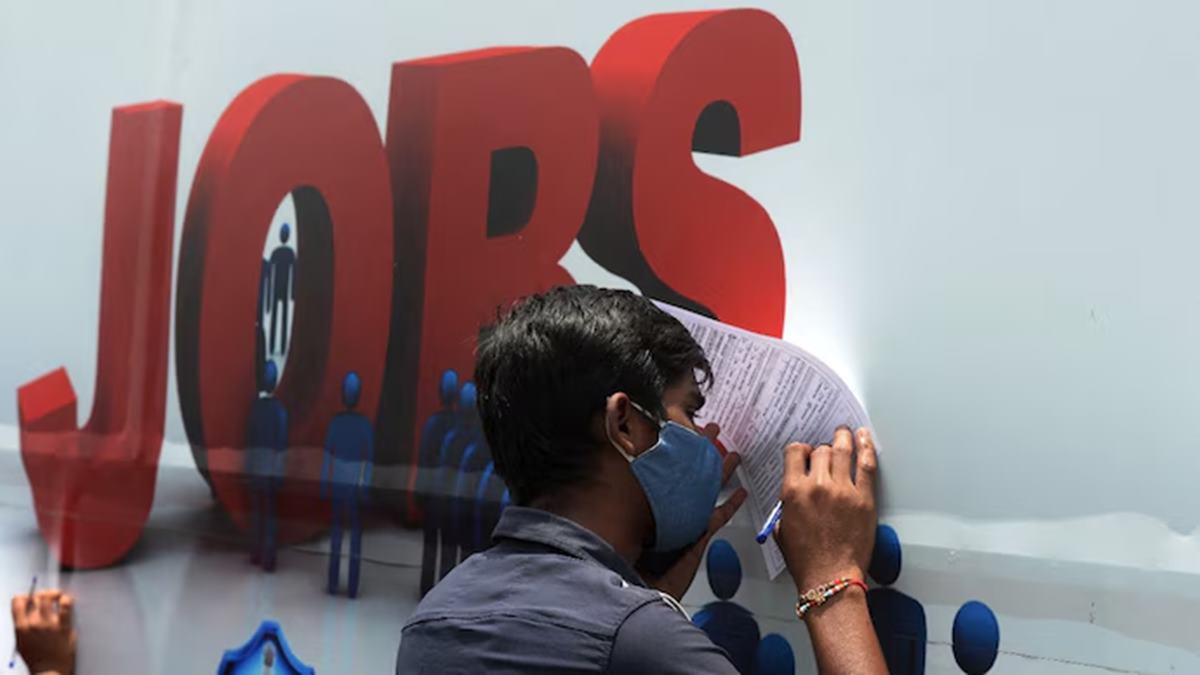Over the past few years, the promise of new AI tools and systems has led companies to question just about everything. Figuring out how to create real value with these new tools, however, has proved challenging. Investments and experiments have failed to bear fruit, despite the hype of productivity gains and process transformation. Many frustrated leaders have landed on a similar conclusion: to get value out of AI, companies have to think about people and talent differently. Differently how? That’s where things get tricky.
One solution, adopted by Moderna and other companies, has been to combine technology and HR departments under a single leader. The thinking goes: Instead of trying to get two disparate disciplines to work together, rethink them both and create a new approach tailor-made for the AI age.
This merger isn’t the only answer, however, and it may very well not be the right one for your company. To better understand how to think about what the relationship between tech and HR should be, and the questions that leaders need to be asking as they plot their way forward, HBR reached out to three experts. (Spoiler: They disagree nearly as much as they agree on what companies should do right now.) Here’s what they had to say:
HR and Tech Shouldn’t Merge. They Should Learn to Lead Together.
Keith Ferrazzi is the chair and founder of Ferrazzi Greenlight, a Los Angeles–based global teams consulting and coaching firm, and a coauthor of Competing in the New World of Work: How Radical Adaptability Separates the Best from the Rest.
When Moderna decided to combine digital and people leadership into one C-suite role earlier this spring, it signaled a readiness to rethink how work is designed in the face of AI and automation. In doing so, they recognized a problem facing many companies right now: the persistent disconnect between technological innovation and human adoption. Merging org charts isn’t guaranteed to create transformation that leads to successful business outcomes like productivity gains, faster time-to-market, or improved employee and customer experience, however. What companies need to do right now is teach leaders how to co-lead across functions with shared purpose, trust, and speed.
As part of my transformation work with Fortune 500s and fast-growth startups alike, my team and I have studied the breakthroughs—and breakdowns—of AI transformation across industries. In doing so, we’ve noticed that the success of efforts to integrate AI hinges on engaging in “teamship,” the commitment of peers to co-lead with candor, trust, and shared accountability, elevating one another while pursuing goals together. For instance, when procurement leaders alone try to re-engineer supply chain to use AI, they often fail, but when companies attempt the same task by collaborating across sales forecasting, procurement, manufacturing, and finance, they can drive billions in growth and create major cost reductions. The difference comes down to being able to create value from interdependencies.
Teamship arises when leaders stop defending silos and start creating value together. For example, Gap Inc.’s CHRO Amy Thompson and CTO Sven Gerjets are a great model for what this can look like. I learned about their work after delivering a keynote to Gap employees. Together they co-created a North Star for the company’s technology transformation: a human-centered, digitally enabled organization that enables employees, improves the customer experience, and enhances its product. This approach led to the company’s largest brand, Old Navy, developing a “field-first” in-store experience initiative in partnership with the company’s tech, HR, finance, and supply chain functions. Together, they worked to roll out RFID technology to about 150 Old Navy stores, targeting deployment to half of the fleet by end of year. This technology provides greater real-time inventory visibility to store associates, an innovation that both elevates the customer experience and enables employees to do better work, easier and faster. But its success required expertise from many different parts of the company.
Cisco took a similar teamship approach to scaling AI responsibly across the enterprise. Rather than merging departments, Cisco created an AI Control Hub, a cross-functional coalition of HR, IT, Legal, Finance, Security, and Operations, according to Fran Katsoudas, the company’s Chief People, Policy & Purpose Officer. This team aligns on people, data, process, and ethics to accelerate responsible AI deployment, and has spearheaded initiatives to reimagine workflows, not just roles, to unlock performance and innovation at scale.
These examples reveal a deeper truth: The AI era demands new ways of working, and operating in silos isn’t compatible with the kind of transformation companies are attempting. As IBM’s CIO Ann Funai told me, the traditional function-by-function approach is “starting to crack.” And yes, this means there’s a need to radically redesign HR and IT, as well as every function. But new titles won’t drive transformation. Instead, leaders need to do the work of redefining roles and processes in deep collaboration with their peers.
So, what should companies do instead of merging departments?
- Co-create a bold North Star. Anchor every initiative in a clear, enterprise-wide ambition that inspires urgency and guides execution. The best North Stars are paired with measurable outcomes, like “improve productivity by 50% over two years,” so teams understand not just the vision, but the stakes, the enablers, and their role in delivering it. Then break this North Star into enabling “rocks,” giving cross-functional teams concrete priorities they can co-own and advance together.
- Build core redesign teams. Form cross-functional tiger teams with joint accountability. Cisco exemplifies this well through its AI Control Hub, real teamship grounded in trust, radical candor, and shared ownership.
- Activate a new social contract. Effective teamship requires mutual responsibility, not just for results, but for how we work together.
- Use agile sprints to drive outcomes. Agile isn’t just for software. Use sprint cycles with clear goals, ownership, and metrics tied to both tech and human outcomes. The goal isn’t just speed. It’s creating a system where teams learn, adapt, and deliver value together.
- Make collaboration fit for the 21st century. As teams grow more cross-functional and dispersed, meetings can’t do all the work. Use monthly async “stress tests” to bulletproof plans, inviting candid feedback early to surface risks, align quickly, and adapt without slowing down.
AI-first startups are a guide in what this future can look like. As a partner at Lightspeed Venture Partners, I watch early-stage companies operate without rigid boundaries. Founders form tightly aligned teams around a single mission, fulfilling enterprise goals beyond their titles or org structures. They’re not just tech-savvy, they’re teamship-native. That’s the mindset we all must adopt in the AI era: boundaryless leadership focused on shared outcomes, not siloed excellence.
What It Takes to Combine HR and AI
Peter Cappelli is the George W. Taylor Professor of Management at the Wharton School and the director of its Center for Human Resources.
It’s been very difficult to make real progress in how AI is used in real workplaces, in part because there is so much hype about what it could do. This promise drowns out the reality that implementing the technology is hard. That leaders have also been bamboozled into thinking that AI is just a plug-and-play replacement for workers has only made things harder.
That said, thinking explicitly about how HR and AI should fit together is a very good idea if we want to make progress. Here’s the reason:
Using AI begins with knowing what—and how—work is actually being done right now. A typical job has many tasks as part of it, perhaps dozens. Computer programmers, for example, spend the majority of their time on tasks other than programming: negotiating the requirements from clients, securing resources, managing transitions when needs change, and so forth. Each of those tasks has a big subset of tasks underneath it. Securing resources, for example, requires scoping out prices from vendors, preparing reports, submitting RFPs, and so forth. It is when we get down to that level—tasks within tasks—where AI can be introduced.
Introducing AI into one of those tasks, such as summarizing prices on components, requires extra effort from an employee before it will create value. If they do not want to help train the AI agent to do that task, it will be extremely difficult to get it to succeed. If they do not want to use what the AI agent has produced, the project will fail. If that worker thinks the goal is for those agents to take their job, good luck getting all of this to succeed. In white collar work, there are a hundred ways for something to fail.
The further problem is that the worlds of AI and management are pretty far apart. Most white-collar employees know next to nothing about how AI works or what it can do. (That’s true of leaders, too, by the way.) Most IT and AI employees know little about management. Neither group knows much about organizational change, which is really what we are talking about here.
So, how do we get around this problem of AI implementation? Having someone in charge who understands both worlds would be a huge help. The obvious (but still very much worth stating) caveat is that putting someone in charge of both HR and AI who only who only understands one side would probably be a disaster. Creating that position only works if you can put the right person in it who understands both sides.
My sense is that it is easier to teach an HR person what they need to know about AI than it is to teach an AI person about HR. That’s in part because HR is so broad, involving unrelated tasks (legal issues, compensation, training, and so forth). It is easy to say, for example, let’s hold employees accountable for their performance, but how exactly to do that is the real challenge.
On the other side, tech people whose work culture is very much based around domain expertise would likely have their heads explode if they had to report to HR.
Having one person oversee both roles is not the only option, though. A better one is to have small teams—one HR person, one AI person—set on projects to think through with the employees in each job how to apply AI to it. For organizations that understand how to make matrix management work, another option is to embed those teams in an organization chart where they report to both the IT and the HR functions.
Doing any of this requires some training—and by that I really mean explaining—the two worlds to each other. Integrating AI into existing jobs is not a simple task, and leaders need to recognize that. They need to dust off their books on organizational change and make this a priority.
Start with Your Company’s Priorities—Not the Perfect Org Chart
Kalifa Oliver is a global HR thought leader, award-winning Employee Experience strategist, and celebrated author of I Think I Love My Job: Secrets to Designing a People-Centered Employer Value Proposition.
With investment in AI, the scope of HR is rapidly changing. AI-driven tools, predictive workforce analytics, and digital-first employee experiences all blur the line between HR and technology leadership, and this trend seems to only be accelerating. Now companies are asking: Is merging HR and tech under a single leader the answer?
To answer this question, I spoke with three HR leaders working at the intersection of people and technology. Across every conversation, one theme was unmistakable: the influence of technology on HR is inevitable, and the real question is but when and how companies will adapt. That, however, was where the consensus ended. Here’s what they said:
- Minh Hua, Chief People Officer at Omniva, argued that merging HR and tech under a single leader required finding a leader who can marry system-level thinking with human empathy, which probably means finding someone from the tech side. “There are more tech leaders today that have high EQ than HR leaders that understand AI and the tech stack,” he said.
- Meisha-Ann Martin, VP of People Research at Workhuman, argued that focusing on the org chart was the wrong way to think about this challenge. “We over-rely on formal org structures and that is to our detriment.” Instead of obsessing over reporting lines, Martin called for deep partnership and shared execution: “Perhaps we need to evolve that from sitting passively to engaging actively with everyone else at said table.”
- And Julia Anas, Chief People Officer at Qualtrics, stressed the inevitability of the two parts of the organization coming together and that—as part of an intentional talent strategy—organizations should start empowering their people to build new skills and evolve now. “Merging HR and tech leadership isn’t a trend, it’s part of building a strong foundation for a future workforce that is human, hybrid, and digital,” says. Technology, used well, expands human capacity. It helps people do more of what matters and less of what wastes their time, and so should be part of a companies talent strategy.
What should leaders do with this conflicting advice? Instead of starting with the org chart, let’s consider the end goal.
What matters is whether organizations are building people-centered systems that scale trust, transparency, and adaptability. Technology can amplify these values, but only when aligned with an intentional employee success strategy. Right now, the traditional HR model—built on transaction, compliance and administration—is insufficient for today’s needs. Today’s workplace demands agility, personalization, and data-driven insight, and the old HR model of transaction, compliance, and administration cannot meet the pace and complexity of modern work. As such, leaders need to figure out how to build organizations that serve people, customers, and employees, with purpose and clarity. That requires fewer silos and more shared accountability.
So, are HR & Tech Leadership mergers happening? Yes. Is this merger inevitable? Not exactly. What is inevitable is integration. The leaders I spoke with were unanimous about one thing: Technology will reshape HR. Exactly how depends less on organizational charts and more on clarity of priorities.
Here are the questions forward-thinking leaders should be asking about integrating HR and tech leadership:
What problem are we solving?
- Is the goal efficiency, employee experience, or innovation?
- Would merging leadership accelerate those outcomes, or create new bottlenecks?
Where does balance matter most?
- Which HR activities benefit from tighter tech integration?
- Which require independent focus on people, culture, and empathy?
Are we structurally ready?
- Do we have the governance, data infrastructure, and expertise to combine functions effectively?
- Would a joint leader have the bandwidth and vision to steward both well?
What signal does this send (and to which stakeholders)?
- Would merging HR and Tech under one leader elevate people strategy (or risk signaling that people are simply a function of technology)?
- How does this choice align with our culture and values?
Are we investing in both sides of the equation?
- Are we funding technology at the expense of building human capability, or vice versa?
- How do we ensure the leadership model reflects equal commitment to people and AI infrastructure?
Whether through formal structure or functional synergy, the walls between HR and tech are coming down. The question is not whether HR adapts to technology—it must. The question is whether merging leadership creates clarity and focus, or whether strong collaboration across two distinct leaders achieves better balance.
The right answer will differ by organization, but the mistake is not asking the question at all. What matters appears not to be not who owns what, but how aligned organizations are in designing people systems that make organizations more responsive, efficient, sustainable, and resilient.
Source – https://hbr.org/2025/09/should-your-company-merge-its-chro-and-cto-roles




















